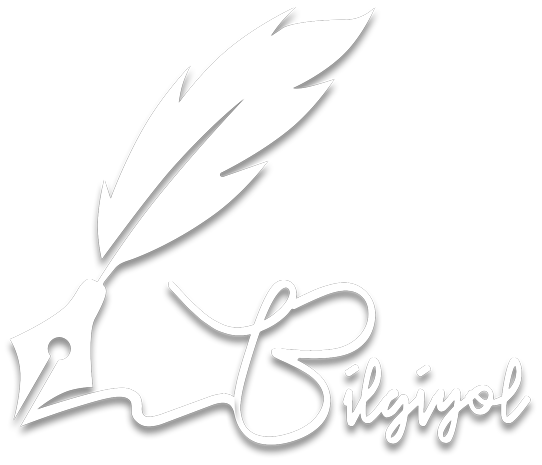Designing a delivery system depends on various factors, such as the type of products, target market, geographical scope, and available resources. Here's a general framework for designing a delivery system:
1. Understand Your Delivery Needs
- Product Type: Are you delivering physical goods, digital products, or services?
- Delivery Area: Are you delivering locally, regionally, or globally?
- Customer Expectations: What are the standard delivery times your customers expect (same-day, next-day, or standard)?
- Volume: How many deliveries do you expect daily?
2. Choose the Delivery Model
- In-House Delivery Team: You hire and manage your own drivers and vehicles.
- Pros: Full control, customer experience optimization.
- Cons: High cost, logistics complexity.
- Third-Party Providers: Use services like FedEx, UPS, DHL, or local couriers.
- Pros: Cost-effective, no need for fleet management.
- Cons: Less control over customer experience and delivery times.
- Hybrid Model: Combine in-house and third-party services to cover different areas or times of the day.
3. Technology Integration
- Route Optimization: Implement a software solution to optimize delivery routes, ensuring faster delivery times and reducing fuel costs.
- Order Tracking: Provide customers with real-time tracking of their orders via SMS or email notifications.
- Inventory Management: Sync delivery with inventory to ensure that available products are prioritized for dispatch.
- Mobile App: Consider creating a delivery app for drivers to manage deliveries, confirm pickups/drop-offs, and handle customer queries.
4. Delivery Fleet & Staffing
- Vehicle Selection: Choose appropriate vehicles based on your product type (vans for large orders, motorcycles for smaller, fast deliveries).
- Staff Training: Train your delivery staff on customer service, time management, and the proper handling of products.
- Peak Time Planning: Hire part-time or contract staff for peak seasons or times to meet demand without overburdening your core team.
5. Cost Structure
- Pricing Strategy: Decide whether delivery costs will be free, flat-rate, or dynamic based on the location and order size.
- Fuel and Maintenance Costs: Include fleet maintenance and fuel costs in your budgeting if you are using your own vehicles.
6. Delivery Time and Efficiency
- Express Delivery Options: Offer same-day or next-day delivery for an extra charge.
- Batching Orders: Group multiple orders for nearby locations to reduce the number of trips.
7. Customer Feedback & Quality Assurance
- Implement a feedback mechanism for customers to rate the delivery experience and drivers.
- Regularly monitor delivery success rates (on-time delivery, product damage rate) to identify areas for improvement.
8. Compliance
- Make sure you follow the local regulations regarding transportation, product handling (especially for food or hazardous materials), and employment laws.
This framework will allow you to design a delivery system that balances customer expectations, costs, and efficiency. If your delivery system is for a specific business, I can tailor these steps to your exact needs.

